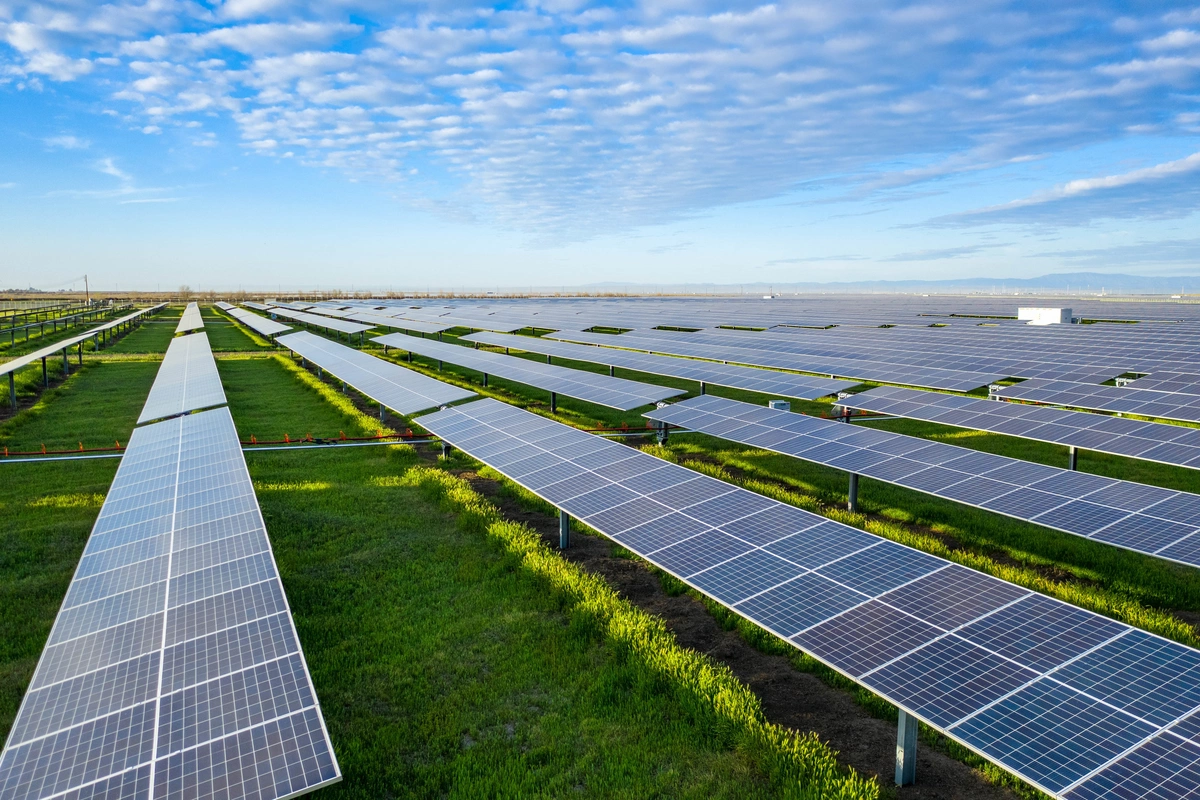
Source: Yandex
The Kazakh Energy Ministry has developed and approved a plan for the energy sector's development until 2035, with a target of adding at least 26 gigawatts (GW) of new capacity, according to a report from the ministry's press service on December 16, summarizing the year's results, The Caspian Post reports citing The Astana Times.
Renewable energy sources
To date, 148 renewable energy sources (over 100 kilowatts) with a combined installed capacity of 2,903.7 megawatts (MW) are operational. Through auctions and signed contracts, 66 additional renewable energy projects with a total capacity of 1,682.4 MW are planned, attracting approximately 720 billion tenge (US$1.3 billion) in investments.
By the end of the year, eight new renewable energy projects totaling 163.35 MW will be launched. Collaboration with the Samruk Kazyna Sovereign Wealth Fund has initiated significant renewable projects, including a 1 GW wind farm in the Zhambyl Region with Total Energies, a 1 GW wind farm in the Zhambyl Region with Masdar, and a 1 GW wind farm project in the Zhetysu Region with Unigreen Energy.
Additionally, an intergovernmental agreement with China aims to develop renewable energy facilities with a total capacity of 1.8 GW.
National electrical grid
In November 2023, Kazakhstan successfully implemented a project to strengthen the electric network of the western zone of the national unified power system. The project featured a 220 kilovolt (kV), 780-kilometer-long power transmission line along the West Kazakhstan Energy Hub-Atyrau-Mangystau route, thus enhancing capacity and reliability.
By 2028, a 500 kV, 604-kilometer-long power transmission line connecting the Aktobe and Atyrau Regions will unify this western zone with the Unified Electric Power System. This will allow the western zone’s gas energy sources to balance electricity imbalances in the northern and southern zones. Construction begins in 2025, with design and estimate documentation currently in progress.
A project to strengthen the electric networks of the southern zone (Shu-Zhambyl-Shymkent) is underway to address power supply reliability in southern regions and mitigate risks associated with Central Asian power systems. KEGOC aims to complete the first stage, including a 475-kilometer 500 kV transmission line, by 2027.
To bolster connectivity between the northern and southern regions and increase transit capacity, Kazakhstan plans to build North-South direct current lines with a +/- 500 kV voltage, boosting throughput by 2,000 MW. Feasibility studies also explore a direct current line linking the western and southern zones to integrate the Unified Electric Power System fully.
Nuclear power plant
Following a nationwide referendum on Oct. 6, plans are advancing for a nuclear power plant (2 to 2.8 GW) near the village of Ulken in the Zhambyl District of the Almaty Region. Negotiations with nuclear technology suppliers are ongoing, and an intergovernmental commission reviews proposals.
Integrating renewable and alternative energy sources alongside gas generation is expected to reduce Kazakhstan’s reliance on coal. By 2035, Kazakhstan will offset 44 million tons of carbon dioxide emissions annually.
Share on social media